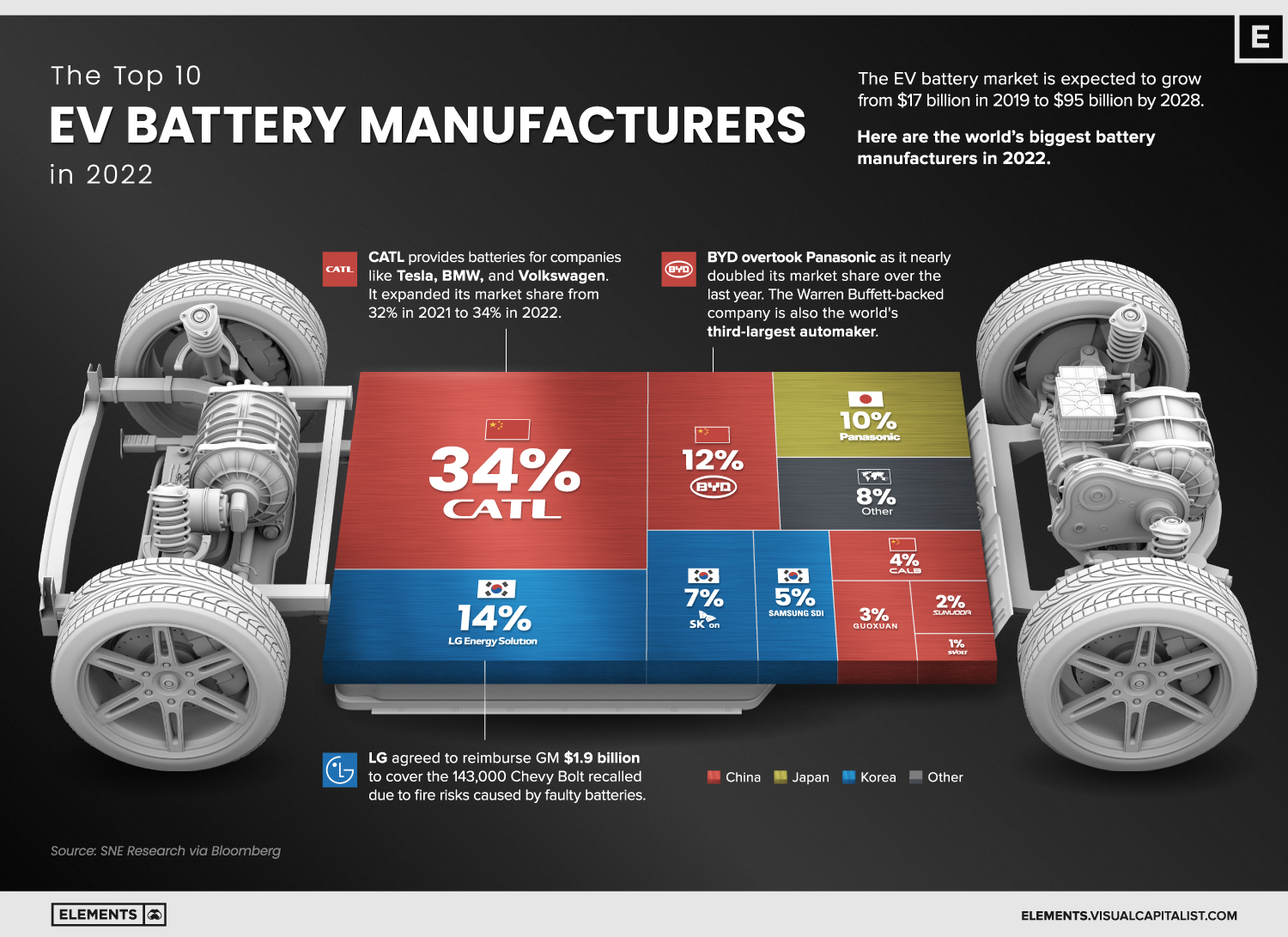Scientists are working to ensure the electric vehicle (ev) batteries being sold today can be recycled in 2030 and beyond, when thousands of batteries will reach. Many electric vehicles are powered by batteries that contain cobalt — a metal that carries high financial, environmental, and social costs. A technology that could dramatically increase the range and decrease the charging time of electric vehicle (ev) batteries could soon be in many more cars.
Future Career For Commerce Students 15 Highest Paying Options
Fiat Usa Future Cars Centoventi Concept Is Italian Brand’s Surprise Electric City Car
Future Lincoln Small Car 2020 Aviator Concept Goes Plugin Hybrid At New York Auto Show
How Electric Vehicle Battery Technology Works
They are a reality we’re living.
The batteries propelling electric vehicles have quickly become the most crucial component, and expense, for a new generation of cars and trucks.
The batteries are too heavy and. In 2022, about 60% of lithium, 30% of cobalt and 10% of nickel. The growth in ev sales is pushing up demand for batteries, continuing the upward trend of recent years. Electric vehicles (evs) are no longer a distant promise of a sustainable future;
Demand for ev batteries reached more than 750 gwh in 2023, up 40%. The future of ev batteries. Electric cars and laptop batteries could charge up much faster and last longer thanks to a new structure that can be used to make much better capacitors in the future. Groundbreaking advancements, such as betavolt’s bv100, are shaping the future of evs.

And that means they need a lot of.
Electric cars are supposed to be the future, but they still have issues that are keeping away many car buyers. How are ev batteries made and where will all that. It is estimated that by 2030, 150 million electric cars will be on the roads and the global demand for ev batteries will soar. Companies are betting hundreds of billions of dollars on electric cars and trucks.
To make them, they'll need a lot of batteries. In 2022, lithium demand exceeded supply (as in 2021) despite the 180% increase in production since 2017.








